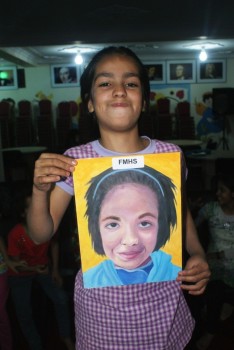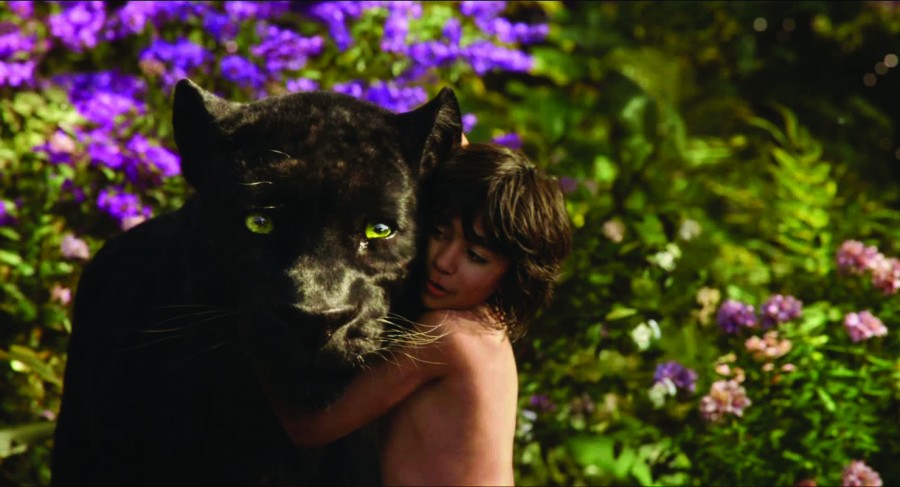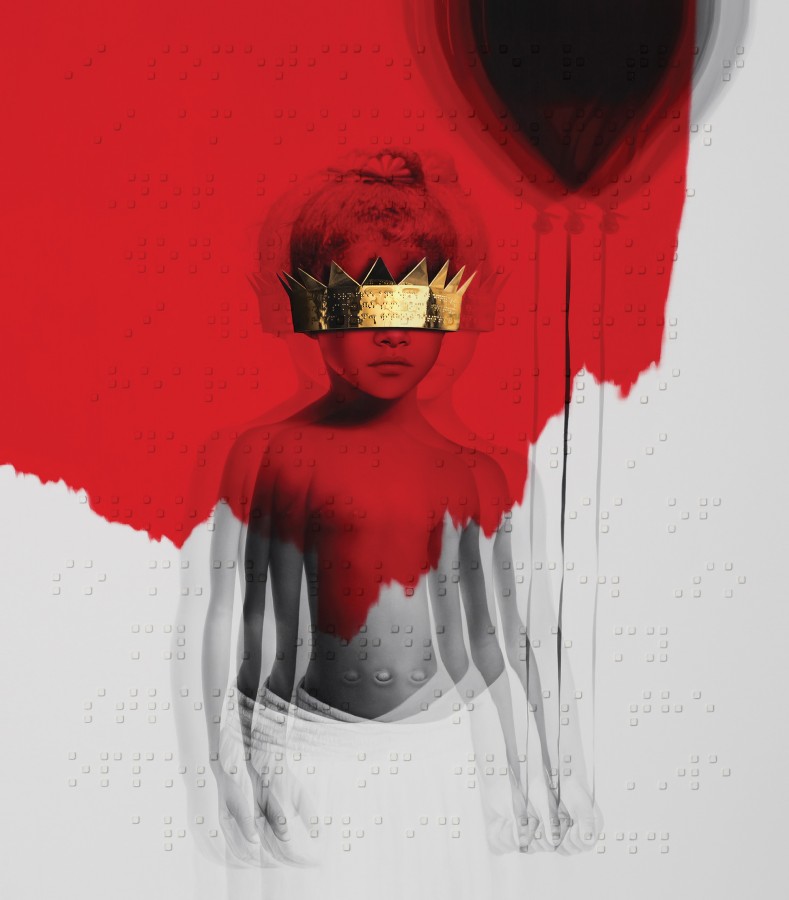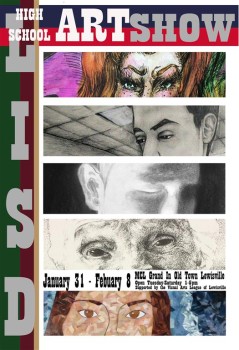Recently, Art Club members have signed up to participate in the Memory Project. This international program asks leaders at orphanages in third world countries to take pictures of the orphans and send them to artists around the world. These artists then draw a portrait of the child based on the picture.
The Memory Project was started by Ben Schumaker, a graduate student from the University of Wisconsin. He founded the program after volunteering at an orphanage in Guatemala and realizing that the children and teens there did not have many keepsakes, including little to no photos of themselves.
A few weeks ago, Art Club invited its members to volunteer to create portraits, like it does every year. Fifteen have agreed to participate, with several signing up for more than one portrait.
“This project is a great idea. I feel like what I’m doing will make a big impact on the children,” sophomore Lillian Brannen said. Brannen is participating in the project for her second year in a row.
The Memory Project provides disadvantaged children with more than just their basic needs. They have food, healthcare, and education at their orphanages, but they are lacking in personal possessions.
“The project connects us to people around the world–people that don’t have as much as we do–and it’s great that we are able to give them something special,” junior Emily Brundige said. This is her first year creating a portrait, and she has already completed her prisma-colored image of a boy named Roy.
The portraits may be made out of any medium–be it charcoal, paint, or digital art–as long as the portrait is no larger than 9×12 inches, because the children do not have much storage space. The Memory Project, in addition to providing orphans with an image of themselves, hopes to make the children feel special and believe that they are as unique as a work of art.
“It’s great how we get the chance to give back to others around the world. When we’re doing the portraits for these orphans and getting the opportunity to make them happy, I think we realize just how much we have,” Art Club president senior Katherine Choi said. “Last year, I got back a picture from the girl who lived in Afghanistan. It was really exciting to see her smiling with the portrait I made.”
This year is Choi’s third time taking part in the Memory Project, and she has chosen to create two portraits. Although she has previously stuck to oil paint as her medium, this year she is thinking of using acrylic.
“The time the portraits take depend on the person, but for me it takes about 3 to 4 hours if I sit down and do it all at once,” Choi said.
The Memory Project tries to supply each orphan with three portraits created by separate artists, so that they can have a collection of different artworks, each unique and of different quality, made just for them. Once they are older, the children will be able to look at their old portraits and see how much they’ve changed.
Anyone is invited to create a portrait for the Memory Project each year, as long as they meet the deadline. They are requested to be good artists, however, so that the children receive quality work. The deadline for portraits is April 26 this year. However, most Art Club members have either finished or already begun their portraits.
For more information on the Memory Project, go to http://www.memoryproject.org.





